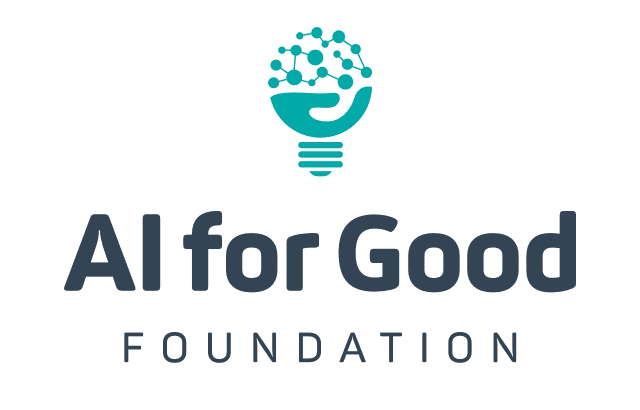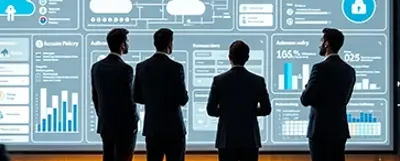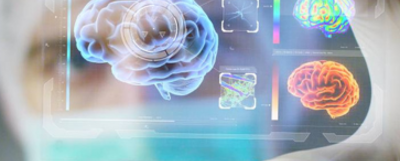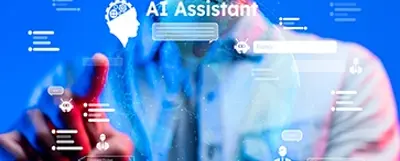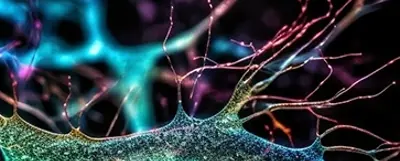AI for Good is a nonprofit organization that focuses on creating impact by bringing together a broad network of interdisciplinary researchers, nonprofits, governments, and corporate actors to identify, prototype, and scale solutions that engender positive change. Their organization looks at ways in which they can help the public sector really grow in its use of technology and scale the right technologies to help reduce friction in society through three primary verticals: intelligent societies, humanitarian aid 2.0, and catalyzing innovation and entrepreneurship. Though AI experts, AI for Good’s team lacked the cloud infrastructure expertise required to scale their innovation capacity rebuilding vertical on a global level. Taking advantage of Microsoft’s well-known nonprofit partner network, AI for Good was able to fill the gap in their expertise to design and build the infrastructure to help them deliver on their mission to leverage technology to impact peoples’ lives today. Microsoft AI for Humanitarian Action & Microsoft Philanthropies partnered with trusted Microsoft Designated Azure Data & AI Solutions Partner, Valorem Reply, to help AI for Good evaluate their current on-premises and AWS infrastructures and quickly migrate to the Microsoft cloud with minimum downtime. Valorem Reply helped AI for Good use cloud technology to convert a large dataset of over five million unstructured documents of academic research into metadata, utilizing a modern data framework to correlate that data into a more useable form to achieve their mission of increasing access to information innovators and entrepreneurs need to do more good.
One of the things I think is unique about Microsoft's approach in the TSI space is actually partnering with organizations that can fill the gaps in those expertise. We're not Cloud experts, but we are AI experts, and we are able to build very complex infrastructure and model complex interactions in the world and make use of the latest technology. But we need the scaffolding and the framework that will help us to really push that into a useful space. As a non-profit, it's always good when you can find things that fill those gaps.
- James Hodson, CEO, AI for Good
During our project with AI for Good, Ukraine was invaded by Russia. We got to witness how quickly AI for Good was prepared to pivot. It was a great example of the importance of not just implementing technology but leveraging technology to literally save people's lives and provide shelter and comfort in a time of huge strife. With continued investment from technology companies like Microsoft, alongside organizations like AI for Good and partners like Valorem Reply, we can lead the way in helping bring the commonly technology laggards of the public sector to understand the potential impact technology can and is already having in changing people’s lives positively. It’s a really exciting time.
- Steve Cummings, VP Customer Success, Valorem Reply
Yes, the Cloud is an enormous scale facilitator. But that doesn't mean that you should not be properly engineering your infrastructure to allow it to be efficiently using resources. Often as a non-profit, you're not going to have the engineering know-how and resources to do that internally. This is why you probably want to partner with an organization like Microsoft, which has access to a network that can provide that additional support when it's needed. Otherwise, you will make bad decisions early on that will impact the cost and the viability of the project later. That’s an important consideration.
- James Hodson, CEO, AI for Good
CHALLENGE
- Existing environment is fragmented and difficult to manage and develop.
- Over five million unstructured documents of academic research need access and ingestion to correlate and analyze data.
- Data collection and transformation process consists of multiple steps and leverages multiple scripts.
- Raw production dataset did not allow for ingesting and storing larger amounts of raw and processed data.
SOLUTION
- Upgrade and modernize AI for Good’s infrastructure using Azure.
- Build Azure infrastructure and install applications and databases.
- Optimize and develop ML scripts and ETL pipelines.
- Deploy a publicly available web application that will act as a UI to the large database of PDF documents.
RESULT
- Modernized collaboration and improved end-user productivity.
- High volume ML/AI-ready data to measure sustainability progress.
- Ability to connect researchers around the world working on similar United Nations development goal initiatives.
- Highly available and performant data solution to support the future needs of AI for Good.


